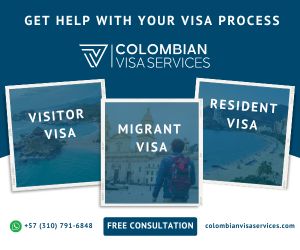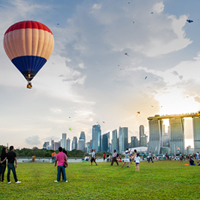Driving in Cartagena
Summary: Driving in a new country can be daunting. These tips offer insight into what to expect when driving in Cartagena.
1. Understanding the Driving Culture
Driving in Cartagena can be a bit chaotic for those not used to it. The traffic rules are not always strictly followed and the roads can be busy, especially during peak hours. It's important to be alert and cautious at all times. Also, be prepared for aggressive driving habits such as honking, tailgating, and sudden lane changes.
2. Choosing the Right Car
Compact cars are recommended for driving in Cartagena due to the narrow streets and heavy traffic. They are easier to maneuver and park. However, if you plan to explore the countryside or mountainous regions, a 4x4 vehicle might be more suitable.
3. Parking Situation
Finding parking in Cartagena can be challenging, especially in the city center. Some areas have metered parking, while others require a parking permit. Parking can also be expensive in certain areas. It's advisable to check the parking situation of your destination before you leave.
4. Driving with an International License
Foreigners can drive in Colombia with an international driving permit (IDP) for up to 180 days. After that, you will need to obtain a Colombian driver's license. It's important to always carry your IDP and passport when driving.
5. Obtaining a Colombian Driver's License
To get a Colombian driver's license, you will need to pass a written test and a practical driving test. The process also involves a medical exam and paperwork. It's advisable to hire a local driving school to help you with the process as it can be complex and time-consuming.
6. Safety Precautions
Always keep your doors locked and windows up when driving, especially at night or when stopped at traffic lights. Carjacking and theft can be a problem in certain areas. Also, avoid leaving valuables in your car.
7. Road Conditions
Road conditions in Cartagena can vary. While major roads and highways are generally in good condition, some side streets and rural roads can be poorly maintained. Be prepared for potholes and uneven surfaces.
8. Navigating the City
Cartagena is a historic city with a complex network of streets. It's advisable to use a GPS or a reliable map to navigate. Also, be aware that some streets in the old city are pedestrian-only.
About the Author
 Betsy Burlingame is the Founder and President of Expat Exchange and is one of the Founders of Digital Nomad Exchange. She launched Expat Exchange in 1997 as her Master's thesis project at NYU. Prior to Expat Exchange, Betsy worked at AT&T in International
and Mass Market Marketing. She graduated from Ohio Wesleyan University
with a BA in International Business and German.
Betsy Burlingame is the Founder and President of Expat Exchange and is one of the Founders of Digital Nomad Exchange. She launched Expat Exchange in 1997 as her Master's thesis project at NYU. Prior to Expat Exchange, Betsy worked at AT&T in International
and Mass Market Marketing. She graduated from Ohio Wesleyan University
with a BA in International Business and German.
Some of Betsy's articles include 12 Best Places to Live in Portugal, 7 Best Places to Live in Panama and 12 Things to Know Before Moving to the Dominican Republic. Betsy loves to travel and spend time with her family. Connect with Betsy on LinkedIn.
Additional Information:
- Driving in Cartagena
- Discover the Best of Cartagena
- Health Care in Cartagena
- Cost of Living in Cartagena
- Healthcare & Health Insurance in Colombia
- Best Places to Live in Colombia
- Real Estate in Colombia
- Top Hospitals in Colombia by Specialty
- Pros and Cons of Living in Colombia 2025
- 2025 Guide to Moving to Colombia






